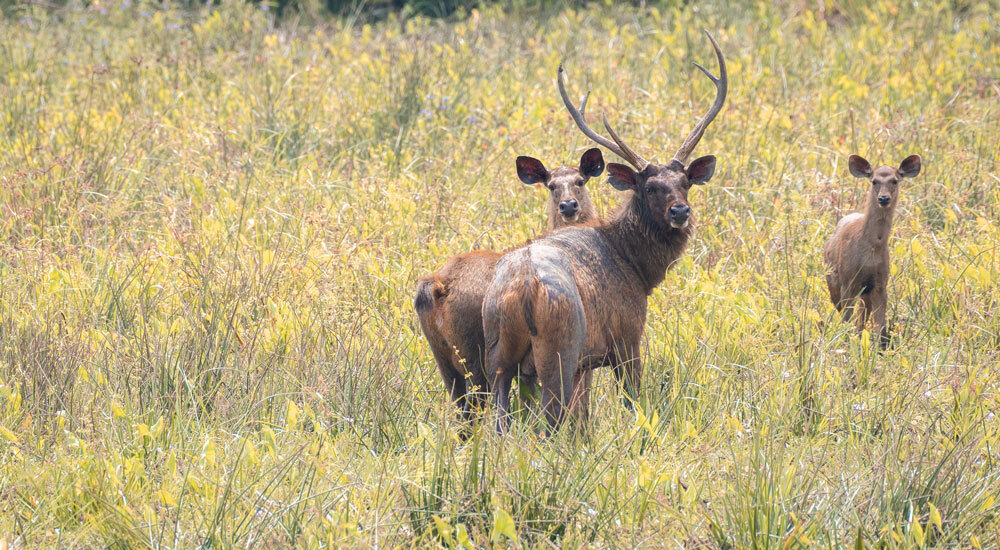The sambar deer is one of the largest deer species in the South Pacific. Originally from India and Southeast Asia, the subspecies present in Australasia (Rusa unicolor unicolor) exhibits a dark brown coat and massive three‑tined antlers. Stags can stand over 1.3 metres at the shoulder and weigh around 245 kilograms. Their size, elusive behaviour and reliance on dense cover make sambar hunts a serious test of a hunter’s skill.

Hunting sambar is primarily a spot‑and‑stalk affair carried out in thick scrub, river flats and forest margins. Hunters move very slowly along trails, scanning small patches of vegetation and listening for subtle movements; sambar are notorious for slipping away unseen and will sometimes crawl rather than bolt. Early morning and late evening are prime times because deer feed on crops and pasture under cover of low light. There is no fixed season, but the rut occurs from late May through December with June–August being the peak period; hunts in spring can also be productive when deer feed on new growth. Because of their large body size, hunters use medium‑to‑large calibres such as .243, .270 or 7 mm.
In New Zealand sambar herds are confined to two main North Island populations in the Manawatu/Wanganui region and the Bay of Plenty. They inhabit a range of ecosystems from indigenous and exotic forests to wetlands and farmland, and most of this range lies on private land requiring permission to hunt. There is no official hunting season, but access may be restricted during periods of high fire danger or for forest operations. Trophy hunting helps manage numbers and reduces crop damage, and hunters are expected to follow local regulations and obtain necessary permits.
Sambar deer are largely solitary; stags are typically alone except during the extended rut when receptive hinds visit them briefly. They have a complex network of trails linking feeding areas and day bedding sites and will often freeze or creep away when disturbed. Unlike many deer, sambar rarely vocalise—stags emit a harsh bark that is seldom heard by hunters. Stags shed their antlers in November–December and grow new ones from January–March. Because they often inhabit private forestry blocks, arranging access and respecting landowner wishes are critical parts of the hunting experience.
Sambar Deer can be found in the following location:
Sambar Deer has the following variations:
- (Varieties to be confirmed)
Start Your Adventure



